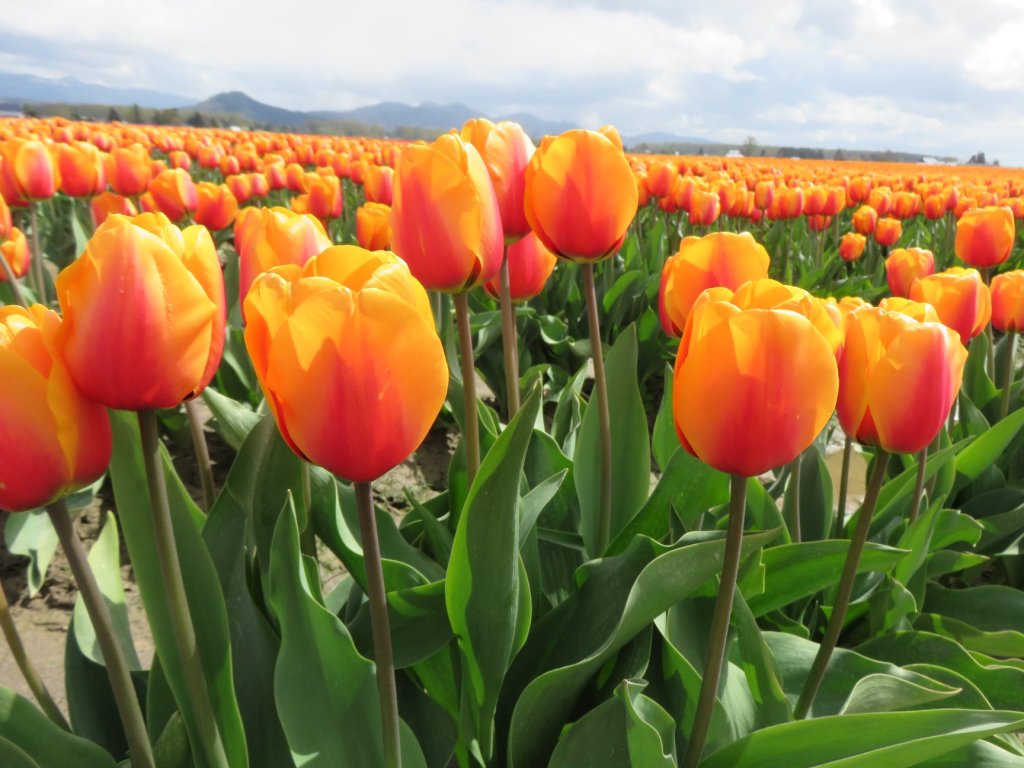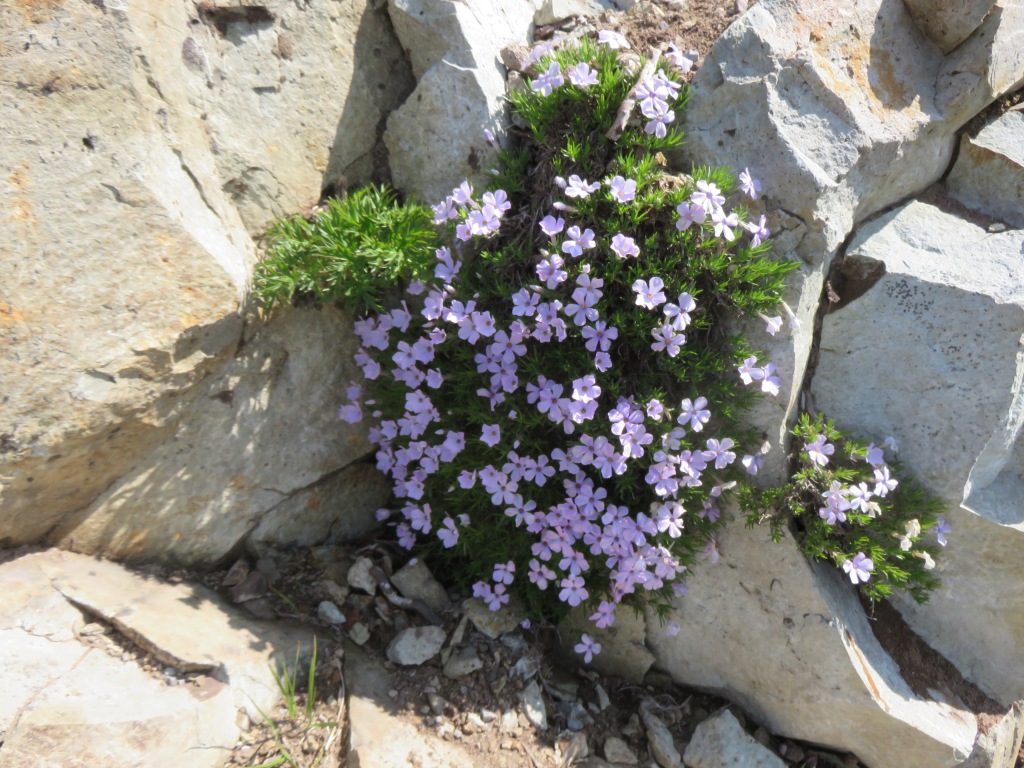(Here’s my essay, “Four Varieties of Vulnerabilities and Their Gifts” for ihadcancer.com website.)

Cancer is a deep dive into vulnerability. Though we may have been healthy, strong, and independent in the past, we find ourselves in need of care. We face our frailty and mortality, whether we want to or not.
As social science researcher Brené Brown wrote in her many books, vulnerability is universal. It’s a big part of being human and connecting with others. As I prepare my memoir, for publication, I have trepidation about sharing my personal story of medical and marital problems with the world. I know from writing for magazines and newspapers that readers often have complaints and criticisms, and some of the comments can be harsh. But writing is my creative path and, as Brown said in one of her TED Talks, “Without vulnerability, you cannot create.” With that in mind, I decided to explore types of vulnerabilities and the gifts they offer to us fragile mortals.
1. Physical vulnerability is a fact of life, making us dependent on loved ones, doctors, and others for protection and healing. The Latin root of “vulnerable” is “vulnus,” meaning to wound, either emotionally or physically. We prefer to avoid pain and injury, trying our best to do so as we become mature adults. We are born dependent on others, grow to be independent individuals, and eventually, if so inclined, we recognize our interdependence with all beings.
I remember that after a bad fall off my bicycle, I had to limp my way through the halls of my middle school for a few days. I’d been taking my body for granted and didn’t like being slowed down. Fortunately, a friend gave me a ride home on his bicycle every day until I could walk properly again. I discovered that health and fitness are not guaranteed, and that accepting help from others is not so bad.
When I was diagnosed with breast cancer in 2017, I assumed I could handle treatments on my own. I usually prefer solitude when I’m healing. But when the side effects of chemotherapy knocked me flat, I changed my tune. My fatigue was so extreme, I could barely muster the energy to walk across the room, much less prepare food to nourish myself. I needed help.
When people said I was brave in dealing with cancer, I didn’t feel brave; I was just doing what was required to survive. I think complimenting my courage was their way of acknowledging how illness makes us vulnerable—and how scary that can be.
2. Emotional vulnerability is a biggie! As Pastor Jordan Rice of Renaissance Church in Harlem said, “Vulnerability means intentionally putting yourself in a position that allows yourself to be hurt but for the purpose of gaining something better.” For instance, some people have mixed feelings about falling in love—euphoric on the one hand, and apprehensive of being hurt on the other. The risk of emotional exposure is real.
The more we slow down and process our feelings, such as in a journal or with a trusted listener, the more we understand ourselves and can make proactive decisions moving forward. Give yourself a chance to be heard. We may as well get comfy with our faults, foibles, and quirks, or at least have a sense of humor about them! As we recognize our range of feelings, we expand our self-awareness and enhance our emotional intelligence.
Those are the gifts of vulnerability. We realize we are neither perfect nor invincible. We can reach out for help, and life is often richer when we do. Several of my acquaintances became close friends during my cancer treatments. When they brought me food, I not only got to know them better, but I also found out what good cooks they are! We remain friends to this day.
For those of us going through cancer or other challenges, it helps to have patience and compassion for ourselves. Differentiating passive patience from active endurance, author Toni Bernhard wrote of her illness, “I include patient endurance on my list of compassion practices because it can help alleviate our suffering as we face the many difficulties that result from being chronically ill.” One of her mindful methods is simply taking three slow, conscious breaths, finding “when I exhale on that third breath, a feeling of peaceful calm comes over me,” and she can refocus on what she wants to do.
3. Interpersonal vulnerability is inescapable, unless we become hermits. Sometimes interactions with loved ones, coworkers, and doctors are difficult and even painful. Dare we remove our armor, lower our shields, and open ourselves to possibilities of better and deeper connections? When we feel safe enough to be open with people, we no longer need to numb or hide our emotions. Vulnerability is sometimes equated with weakness, yet acknowledging weakness strengthens the “empathy muscle,” increasing our compassion for others.
When we lead with our hearts and let others know we love them, we may be rebuffed or disappointed in the outcome. Or we may be joyfully surprised! That’s what happens when we live wholeheartedly. As Brown observed, we connect by allowing ourselves to be seen. “Connection is why we’re here,” she said. We are worthy of love and belonging.
4. We have existential vulnerability, because life seems fleeting and death is inevitable. Learning we have cancer, we realize we could die from it. With our newly sharpened awareness, we savor our precious days—and our loved ones, who are also mortal—more than ever. We can make plans to optimize our time together, while we still can. When a dear one dies, as psychiatrist Elizabeth Kubler-Ross observed, “You will be whole again, but you will never be the same.” When we feel ready, if we have the luxury of time, we can make plans for the end of our own lives. As long as we are alive, we have choices.
When we survive cancer, life is not the same. We are not the same. Is it fair or productive to compare our past selves with the present? Even if we’re not the same, we’re still growing. Even when we can’t control our circumstances, we find ways to control how we respond to them. Though vulnerable, we are alive.











